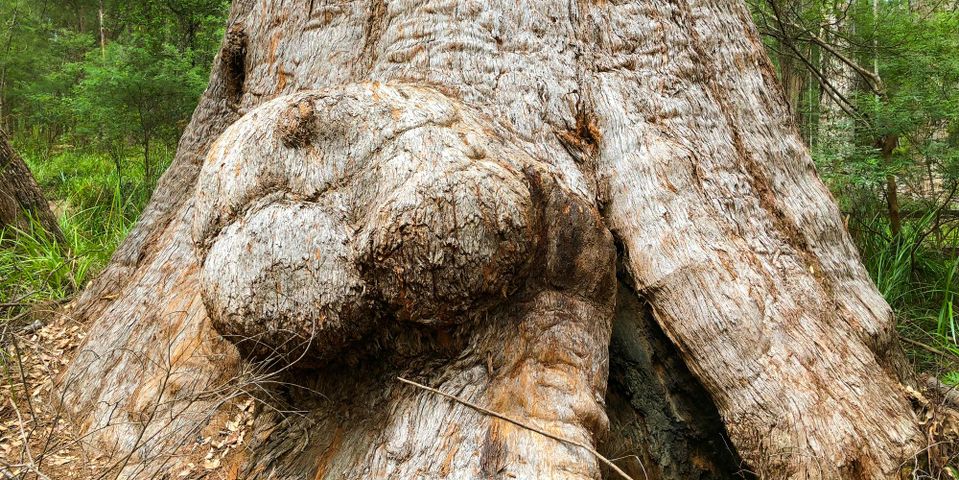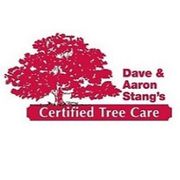Common Questions About Tree Burls

A beautiful piece of wood with winding grains carries a variety of character and can be highly sought-after. These designs, known as burls, are the product of a bacterial presence in a tree, and if they form on one on your property, it’s important to reach out to tree care professionals. While most burls aren’t harmful, they may introduce the possibility of other issues. By hiring an arborist, you can be confident your tree is healthy.
Tree Burl FAQ
What are they?
Burls are abnormal growths near the roots of a tree, often in the shape of bulges. They start out small and can grow over time, potentially even enough for new trees to sprout. The definitive cause is unknown, though suspected ones are trauma and insect, bacterial, or fungus infestations. Others believe that trees may have a genetic predisposition to burls, such as the soil they grow in.
Are they harmful?
 In most cases, burls don’t cause any issues. When related to insects, bacteria, or fungus, however, they may cultivate or be the product of a larger tree disease. Some of these can lead to serious harm to the tree that may require extensive trimming or damage that could potentially kill the tree.
In most cases, burls don’t cause any issues. When related to insects, bacteria, or fungus, however, they may cultivate or be the product of a larger tree disease. Some of these can lead to serious harm to the tree that may require extensive trimming or damage that could potentially kill the tree.
How can a tree service help?
Tree diseases aren’t always easy to diagnose, which is why you should reach out to a tree care service if you notice a burl. An arborist can do a comprehensive inspection to confirm that it’s a burl and then investigate any issues, such as an infection, that may be related to it.
Why are they sought-after?
Burl wood is marked by unique grains that can be used in woodworking. It takes decades for burls to form, making the wood rare and increasing its value. Don’t make the mistake of cutting off a burl to achieve a profit; it leaves open wounds in the tree that invite infection in.
The professionals at Dave & Aaron Stang’s Certified Tree Care bring over 130 years of combined tree care experience to their Cincinnati, OH, clients. They strictly adhere to the International Society of Arboriculture guidelines to ensure tree health and can address tree removal and growth as needed. Visit their website to explore their tree trimming services and call (513) 936-9777 to schedule a consultation. Connect on Facebook for news and updates.
About the Business
Have a question? Ask the experts!
Send your question

